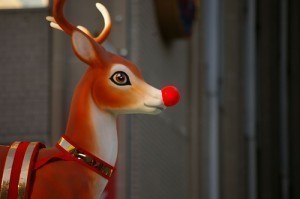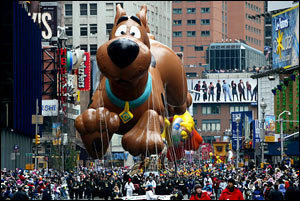How Big is Rudolph?
Rudolph is of course that lovable red-nosed reindeer who became a hero one snowy Christmas eve when Santa and his reindeer couldn’t see the way.
The creator of this character wasn’t really specific as to Rudolph’s size and not much description was provided except that he had a really big, shiny red nose that could light the way even in the heaviest snowfall.
How Big is Rudolph?
As mentioned, Rudolph’s size wasn’t particularly mentioned in terms of his actual height in inches or weight in pounds. However, in several movie adaptations of the original story, Rudolph was depicted as being on the scrawny side, kind of a weakling when compared to Santa’s more robust eight other reindeer.
He was pictured as definitely smaller than all the other reindeer “flying” Santa’s sleigh and despite his diminutive size, he was also pictured as having sort of a jolly personality and a kind of positive outlook.
His characteristics therefore, were a clear embodiment of the Christmas spirit.
Rudolph’s Story
Rudolph’s story came about when a little girl’s father was dealing with the pain of seeing his wife suffer through cancer, while trying to eke out a living and dealing with his own painful childhood.
When his young girl asked him why her mom was different, Bob May remembered how it was like to be different – himself having been taunted when he was a child because of his scrawny size.
So it happened that Bob May went on to make-up a story about a scrawny little reindeer who was different from all the rest because of his big red nose.
This reindeer would sometimes feel sorry for himself for all the taunting that he’s been getting but in the end, he not only proved that being different doesn’t necessarily mean that he is lesser than others but he also proved that he had a big heart by helping save Christmas eve.
The little girl loved the story so much that she would often ask her father to repeat the story to her at night.
Rudolph’s story not only helped the little girl understand the beauty of being different but also helped Bob May as well, as he struggled to support his sick wife and daughter.
The story was soon adapted by Montgomery Ward and sold millions of copies on its first printing back in 1939. In 1946, millions of copies were once again sold. Royalties were given to Bob May.
The story became so popular that it has been used as inspiration for songs and movies.





